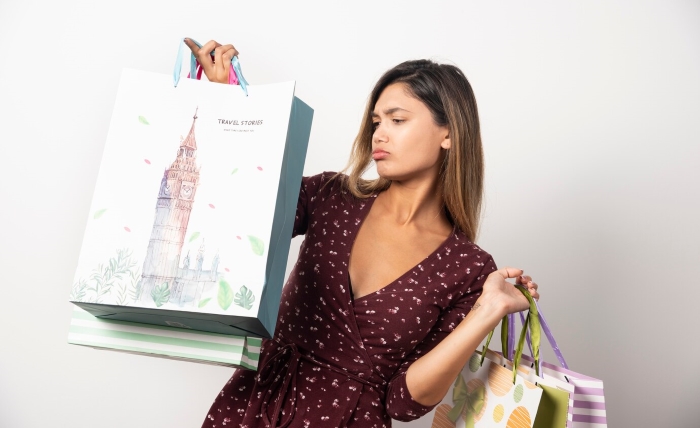Designing a printed bag that captures attention and serves as an effective marketing tool involves a blend of creativity, strategic thinking, and an understanding of your audience. While many businesses might opt for generic designs, printed bags that stand out require a little more finesse and planning. Whether you are designing tote bags, paper bags, or eco-friendly alternatives, you’ll need to consider several key elements that can elevate your design from the mundane to the magnificent.
Understand Your Brand and Message
Before embarking on the design process, it’s essential to have a clear understanding of your brand identity and the message you wish to convey through your printed bags. Your bag is more than just a carrier; it’s an ambassador for your brand. Consider what colours, fonts, and graphics effectively communicate your core values. Is your brand playful and vibrant, or minimalistic and sophisticated? Answering these questions will help ensure your designs are aligned with your overall marketing strategy.
Identify Your Target Audience
Identifying your target audience is crucial. The design elements that resonate with young professionals might differ significantly from those that appeal to an eco-conscious consumer base. Conducting market research can provide valuable insights into your audience’s preferences and behaviours, allowing you to tailor your design accordingly. The more closely your design connects with your audience’s interests and desires, the more effective it will be.
Choose the Right Colours
Colour plays a vital role in the visual impact of your printed bags. Colours evoke emotions and can significantly influence perception, so it’s important to choose a palette that not only complements your branding but also captures attention. While it’s tempting to use a myriad of colours to make your design pop, sometimes simplicity is key. Often, a minimalist approach with strategic use of colour can create a more sophisticated look and feel.
Incorporate High-Quality Graphics and Typography
Ensure any graphics or images you use are of high quality and relevant to your brand. Blurry or pixelated images can undermine the professionalism of your brand. In terms of typography, readability should be your top priority. Choose fonts that reflect your brand personality but are easy to read from a distance. Experiment with font size and positioning to create a balanced and aesthetically pleasing design.
Consider the Bag’s Material and Shape
The material and shape of the bag can influence the design outcome. Whether you opt for paper, canvas or jute, each material has distinct characteristics that can affect how the colours and graphics appear. Moreover, the shape and size of the bag should be taken into account when designing. The design that works for a small gift bag might not be suitable for a larger shopping tote. Consider how the design will wrap around the bag and ensure important elements are clearly visible.
Add Unique Elements
Adding unique elements can significantly enhance the appeal of your printed bags. This could be anything from an unusual handle design, eco-friendly materials, or a creative slogan. These elements can set your bags apart from others and create a distinctive identity that customers can recognise and appreciate. Incorporate QR codes or augmented reality features for an interactive experience, bridging the gap between physical and digital marketing.
Test and Refine
Before finalising your design, seek feedback from colleagues, stakeholders, or even a focus group from your target audience. Gathering opinions can provide insights you hadn’t considered and lead to improvements. Be open to making adjustments that enhance the overall look or functionality of the bag. Testing different versions can highlight the most effective design elements for your specific audience and use case.

